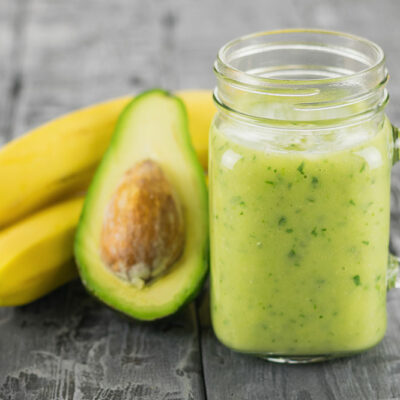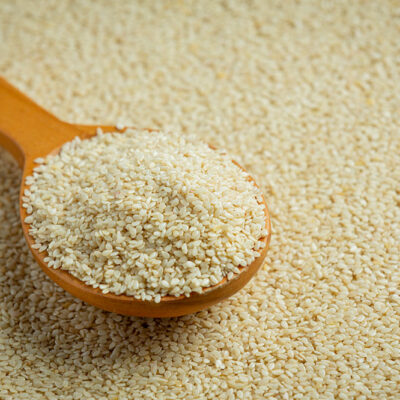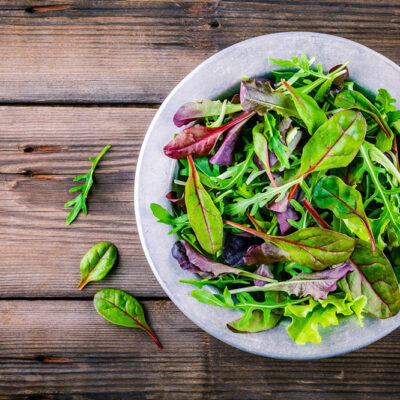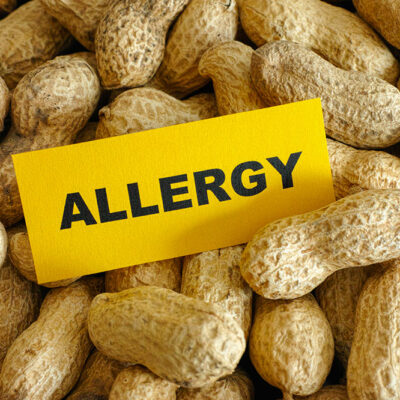
Top 5 cruise lines for seniors
Seniors who like going on luxury vacations every now and then probably want nothing more than a cruise trip on their bucket list. Fortunately, many cruise lines cater to senior citizens, offering everything from discounts and offers to wheelchair-accessible rooms. These cruises sail to distant and serene places, be it Alaska, the Caribbean, or a quaint town in Europe. On that note, here are some of the best cruise lines for seniors to check out. Princess Cruises This is one of the best cruise lines for seniors. Their ships are wheelchair accessible, making it easier for all passengers to enjoy their trip. Though Princess Cruises sail to many destinations around the world, they are particularly known for their Alaskan cruises, which makes them a great choice for those specifically looking to explore Alaska. They even offer cruise tours that include extended land excursions. Azamara Club Cruise If you prefer to stay for a long time in port during cruise trips, consider Azamara Cruises. Almost all their itineraries have long port stays. They even have medical facilities and onboard physicians. Azamara Cruises sail to beautiful places, such as the Caribbean. Royal Caribbean International Royal Caribbean International cruises stand out for many reasons.
Read Article 









